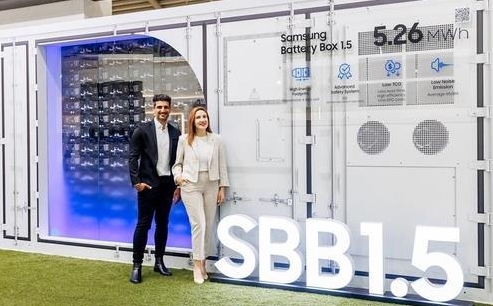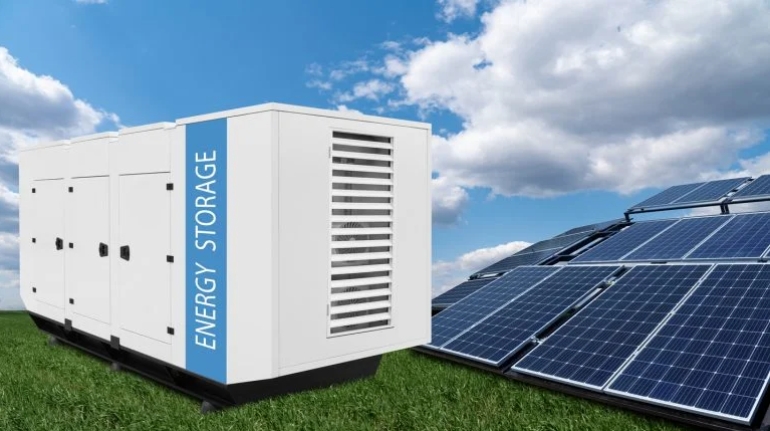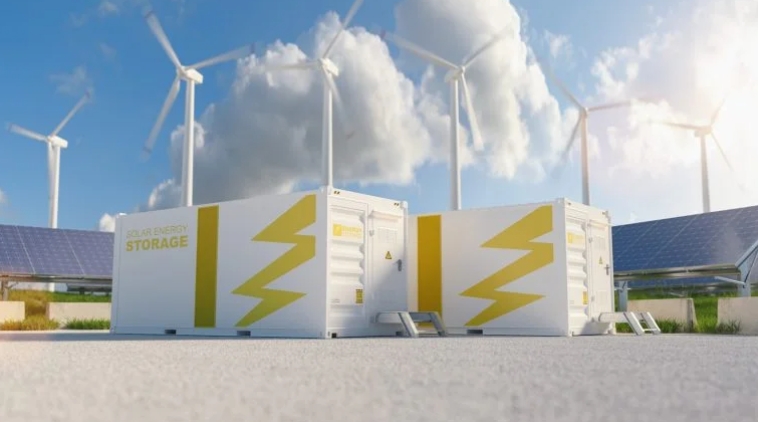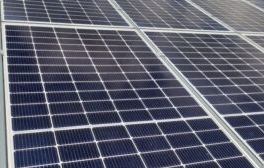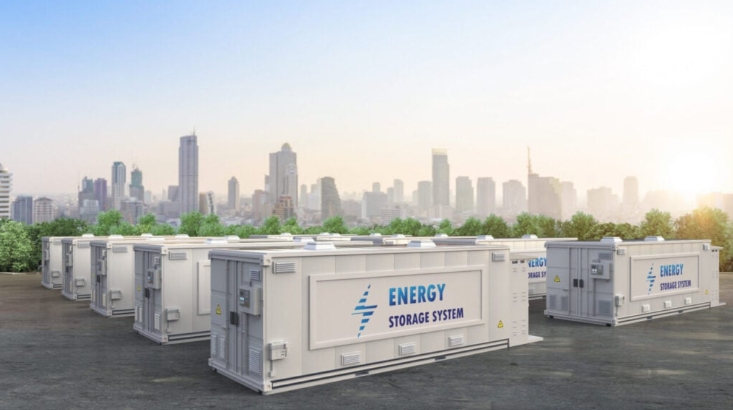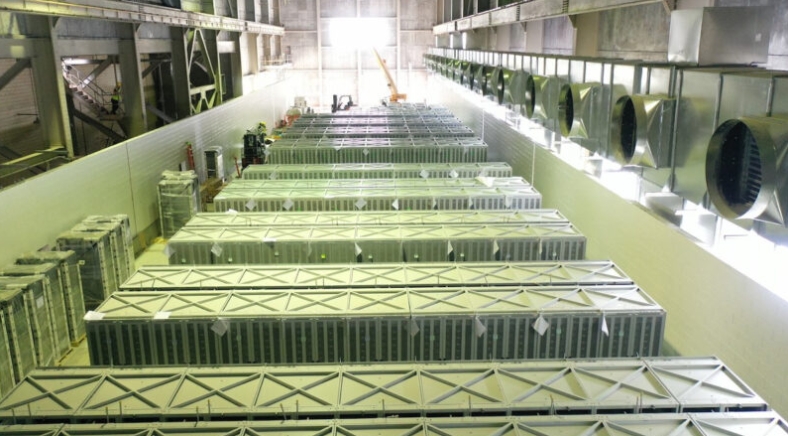As a growing number of cities, states and businesses commit to 100 percent clean energy, storage is already playing a pivotal role in determining how they will meet these targets. Wood Mackenzie's latest Global Energy Storage Outlook projects that deployments will grow 13-fold over the next six years, from a 12-gigawatt-hour market in 2018 to a 158-gigawatt-hour market in 2024.
This emerging market represents a huge opportunity. Global investments of $374 billion a year will be needed to upgrade the grid with enough flexibility to account for the variable power generation profiles of renewable technologies like solar and wind. Storage solutions are now a growing part of this energy transition and will represent a $150 billion industry in the U.S. alone by 2023.
However, massive deployment numbers and dropping costs won’t streamline project finance for energy storage in the short term. As a nascent industry, battery storage lacks historical data, requiring investors and lenders to familiarize themselves with its unique qualities.
Installing storage, whether as a standalone asset or by adding it to an existing utility power source, is highly individualized from one project to another. So extrapolating risk and returns from any given asset is not straightforward. Each project draws power from a unique generation source (renewable or traditional power plants) and is interconnected to a regionally regulated power market and a unique revenue stream.
Some storage projects are able to generate income both while charging and deploying energy, while others are focused just on deployment. There are also interconnection considerations depending on how and where your storage project plugs in. Are you directly charging from the grid? From a solar or wind farm or some other standalone generation facility?
Another consideration for investors is that batteries in a storage project have shorter lifespans of 10 to 15 years versus solar or wind energy assets that may last twice as long. And similar to PV modules, which lose efficiency as they age, it’s critical to understand the factors that impact a battery’s ability to store energy as it ages and to factor in the cost of replacement as needed. Understanding the intricacies of asset management and optimization is highly complex, but it is necessary in order to adequately mitigate risk for each storage portfolio.
To realize the full potential for the investment markets and the global energy transition, it’s critically important to understand the entire value stack that integrated storage brings to the table.
This may include:
● Providing grid services in microseconds to maintain the stability of the power supply
● Shifting supply by minutes to back up other resources and allow power generators time to start up
● Shifting supply over longer timeframes to reach a period of higher prices
● Storing enough electricity to capture valuable wind and solar generation that would otherwise be surplus to immediate needs and thus curtailed
As this market is poised for accelerated growth, now is the time to familiarize yourself with how storage can benefit your energy bottom line in terms of price, predictability and profits.
Cost-competitive and resilient, too
The rapid increase in storage deployment can be attributed to a number of factors, starting with the declining cost in response to technological innovation and scale. According to a report this year by Bloomberg New Energy Finance, the levelized cost of electricity from lithium-ion batteries, the technology currently leading the sector, dropped by 35 percent from mid-2018 to 2019, falling to $187 per megawatt-hour.
As these costs continue to decline, standalone storage and solar-plus-storage are being seen as viable options to meet electricity demand by capturing generation and time-shifting it, somewhat like how you can watch a TV program later by streaming it.
The recent announcement by Ørsted, better known in the U.S. as an offshore wind developer, that it will build a 460-megawatt solar-plus-storage project in Texas is just one example of a major energy developer expanding into this space. Such combined facilities are increasingly cost-competitive with gas peaker plants in many regions.
Energy storage can also provide backup power during events that disrupt the power grid. While our energy systems might strive for 100 percent reliability, extreme weather events such as superstorms or natural disasters such as the wildfires in California are among the many uncontrollable and costly disruptions that lie ahead. A recent analysis of PG&E’s preventive power shutdowns estimates the cost to the California economy at upward of $2.5 billion.
Storage already provides flexibility for the grid and increasingly will be able to ensure uninterrupted dispatchable power to consumers, whenever and wherever it is needed. As such, it will help with predictability, reliability and resilience. As the cost of outages continues to rise, the value of enhanced day-to-day reliability and resilience from disasters also increases and will justify increased investment.
Energy storage as an investment opportunity
While we are still in the early stages of energy storage as an investment opportunity, deal flow activity is showing an uptick. In 2018, private investment in U.S. renewable energy and enabling grid technologies totaled approximately $57 billion. Storage is increasingly considered a viable alternative investment strategy as institutional investors look to decarbonize their portfolio. The European Investment Bank recently announced it will shift its energy investments from fossil fuels to efficiency, storage, grid improvements and e-mobility, among others.
For investors looking for large-scale energy projects, storage projects continue to grow in size, especially when paired with other renewable technologies. This summer, NextEra Energy Resources announced plans to develop the largest hybrid renewable project in the United States, a 700-megawatt facility in Oklahoma that will include 250 megawatts of wind, 250 megawatts of solar and 200 megawatts/800 megawatt-hours of battery storage.
NextEra’s sister company, the utility Florida Power & Light, announced plans earlier this year for a 409-megawatt battery system co-located with an existing solar facility to save its customers over $100 million. These large projects demonstrate the continued growth of this emerging industry.
The U.S. clean energy transition is well underway but clearly still has a long way to go. A new report from the UCLA Luskin Center for Innovation cites 13 states, districts and territories, as well as more than 200 cities and counties, that have committed to a 100 percent clean electricity target. That means one out of every three Americans lives in such a community.
While there is no universal roadmap for how and when each locality will get to 100%, energy storage has emerged as a common denominator. According to BloombergNEF, states alone are planning to add 110 gigawatts of battery storage capacity by 2040; that’s enough to power about 77 million homes.
As we enter the next phase of the energy transition, energy storage is poised to lead the transformation of our energy economy.
